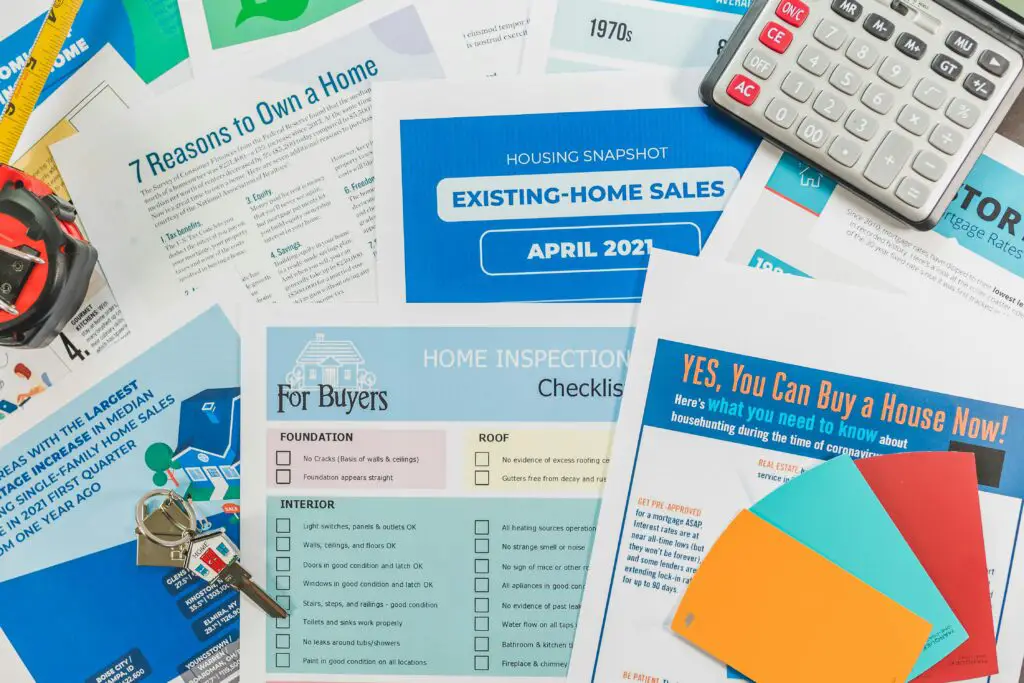1. A Boom in Single-Family Rentals

The single-family rental market is expected to expand as younger generations prioritize flexibility over homeownership. Build-to-rent communities, offering a blend of suburban living and rental convenience, are springing up across the country. Investors are pouring resources into these developments, fueling their rapid growth.
2. Increased Demand for Multi-Use Properties

Buyers are seeking homes that can serve multiple functions, such as living, working, and entertaining. Flexible floor plans and homes with dedicated office spaces are becoming more popular as hybrid work remains the norm. This trend is especially strong in suburban and rural areas where larger homes are more affordable.
3. Migration to Secondary Markets

High living costs in traditional urban centers are driving people to smaller, more affordable cities. Markets like Raleigh, NC, and Tulsa, OK, are becoming hotspots for buyers and renters alike. These cities offer better value for money without sacrificing access to jobs and amenities.
4. Higher Interest Rates Reshaping Affordability

Mortgage rates are projected to rise in 2025, making home loans more expensive for buyers. This shift is likely to slow housing price growth and increase competition for lower-priced homes. Buyers will need to be strategic and financially prepared to navigate these changes.
5. Sustainability Driving Construction Trends

Energy-efficient homes and eco-friendly materials will continue to shape new construction projects. Buyers are increasingly drawn to features like solar panels, energy-efficient appliances, and water-saving systems. These homes not only reduce environmental impact but also help homeowners save on utilities.
6. The Continued Rise of Smart Homes

Smart home technology is becoming a major selling point, with features like automated lighting, security systems, and temperature controls in high demand. New builds and renovations alike are incorporating these technologies to attract tech-savvy buyers. Convenience and energy efficiency are key drivers of this trend.
7. More Focus on Affordable Housing

Governments and developers are prioritizing affordable housing projects to address widespread housing shortages. Incentives for creating affordable units and zoning reforms are being introduced in many cities. This trend is critical for providing options to first-time buyers and low-income families.
8. Shifting Preferences Toward Smaller Homes

The rising cost of construction materials and energy has led to increased interest in smaller, more efficient homes. Tiny homes, townhouses, and smaller single-family properties are appealing to cost-conscious buyers. This trend is particularly noticeable among Millennials and Gen Z.
9. Remote Work Impacting Location Choices

With remote and hybrid work models here to stay, buyers are less concerned with proximity to offices. Many are choosing locations based on lifestyle, affordability, and climate rather than job locations. This shift is transforming demand in suburban, rural, and even vacation markets.
10. Technology Streamlining Real Estate Transactions

Digital tools are reshaping the way real estate deals are done, making transactions faster and more transparent. Virtual tours, AI-driven market analysis, and blockchain-based contracts are becoming commonplace. Buyers and sellers are benefiting from increased convenience and reduced paperwork.
11. Institutional Investors Expanding Their Reach

Institutional buyers are acquiring more residential properties, especially in high-demand areas. This trend is raising concerns about affordability and availability for individual buyers. Policymakers are considering measures to regulate these purchases to protect traditional homebuyers.
12. Regional Market Disparities Persist

Real estate trends will vary greatly by region in 2025, with some markets booming while others struggle. Economic growth, local policies, and population shifts will influence these regional disparities. Buyers and investors will need to carefully analyze specific areas to identify opportunities and risks.
